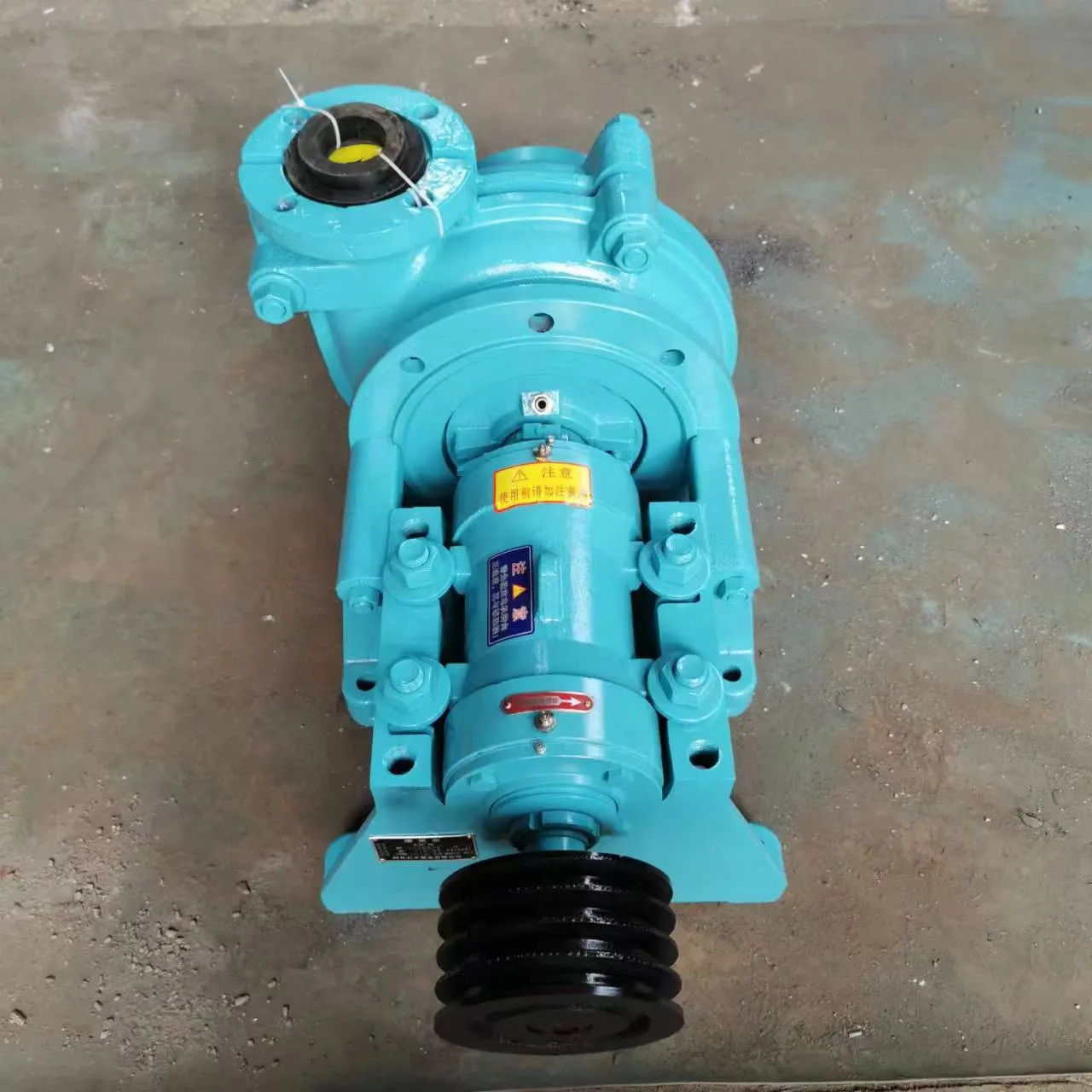Rwandese
- Afrikaans
- Albanian
- Amharic
- Arabic
- Armenian
- Azerbaijani
- Basque
- Belarusian
- Bengali
- Bosnian
- Bulgarian
- Catalan
- Cebuano
- Corsican
- Croatian
- Czech
- Danish
- Dutch
- English
- Esperanto
- Estonian
- Finnish
- French
- Frisian
- Galician
- Georgian
- German
- Greek
- Gujarati
- Haitian Creole
- hausa
- hawaiian
- Hebrew
- Hindi
- Miao
- Hungarian
- Icelandic
- igbo
- Indonesian
- irish
- Italian
- Japanese
- Javanese
- Kannada
- kazakh
- Khmer
- Rwandese
- Korean
- Kurdish
- Kyrgyz
- Lao
- Latin
- Latvian
- Lithuanian
- Luxembourgish
- Macedonian
- Malgashi
- Malay
- Malayalam
- Maltese
- Maori
- Marathi
- Mongolian
- Myanmar
- Nepali
- Norwegian
- Norwegian
- Occitan
- Pashto
- Persian
- Polish
- Portuguese
- Punjabi
- Romanian
- Russian
- Samoan
- Scottish Gaelic
- Serbian
- Sesotho
- Shona
- Sindhi
- Sinhala
- Slovak
- Slovenian
- Somali
- Spanish
- Sundanese
- Swahili
- Swedish
- Tagalog
- Tajik
- Tamil
- Tatar
- Telugu
- Thai
- Turkish
- Turkmen
- Ukrainian
- Urdu
- Uighur
- Uzbek
- Vietnamese
- Welsh
- Bantu
- Yiddish
- Yoruba
- Zulu
Telephone: +86 13120555503
Email: frank@cypump.com
Dec . 25, 2024 05:50 Back to list
slurry pumping manual
Understanding Slurry Pumping A Comprehensive Overview
Slurry pumping is a critical process in various industries, including mining, construction, and wastewater management. The ability to efficiently transport corrosive, abrasive, or viscous slurries is essential for maintaining operational effectiveness and minimizing downtime. This article delves into the core principles, types of pumps, and considerations for optimizing slurry pumping systems.
What is Slurry?
A slurry is a mixture of solids and liquids, typically consisting of particles suspended in water or other fluids. Slurries can vary significantly in composition, concentration, and viscosity, which directly impacts the choice of pumping equipment and methods. Common examples include the transportation of mined materials, cement mixtures, and sewage.
Importance of Slurry Pumping
Effective slurry pumping is crucial for several reasons
1. Operational Efficiency The right pumping system ensures that materials are transported quickly and smoothly, reducing bottlenecks in production processes. 2. Equipment Longevity Properly designed and maintained pumps can last longer and withstand the harsh conditions often associated with slurry transport, such as corrosion and abrasion.
3. Cost Efficiency Reducing downtime and maintenance costs translates into significant savings for businesses. An efficient slurry pump system minimizes energy consumption and operational costs.
Types of Slurry Pumps
1. Centrifugal Pumps These are the most common type of slurry pump, using a rotating impeller to impart velocity to the slurry. Centrifugal pumps are ideal for low-viscosity slurries and are highly effective in many applications. However, they may struggle with highly viscous or abrasive slurries.
slurry pumping manual

2. Positive Displacement Pumps These pumps function by trapping a fixed amount of slurry and forcing it through the discharge pipe. Positive displacement pumps are better suited for high-viscosity slurries and applications requiring precise flow control.
3. Submersible Pumps Designed to operate submerged in the slurry, these pumps are useful in applications like dewatering and excavation. They are typically used in environments where traditional pump systems cannot function effectively.
Key Considerations for Slurry Pumping
1. Material Compatibility Choosing the right materials for both the pump components and the piping is essential to ensure durability and resistance against wear and corrosion. Common materials include high-chrome iron, rubber, and polyurethane.
2. Particle Size and Concentration The size and concentration of solids in the slurry significantly affect pump performance. Understanding the characteristics of the slurry allows for better pump selection and system design.
3. Viscosity High viscosity slurries require specialized pumps and may necessitate the addition of heating elements or chemical additives to reduce thickness and enhance flow.
4. Pump Placement The location of the pump within the system plays a critical role in performance and efficiency. Proper placement minimizes flow resistance and optimizes energy consumption.
5. Maintenance Regular inspection and maintenance are paramount in preventing breakdowns. This includes monitoring for wear, checking seals, and ensuring that all components are functioning correctly.
Conclusion
Slurry pumping is an intricate but essential aspect of numerous industrial processes. By understanding the characteristics of the slurry, the different types of pumps available, and the critical factors affecting performance, operators can optimize their pumping systems. Proper selection, regular maintenance, and adherence to best practices lead to efficient slurry transportation, ultimately contributing to the overall success of industrial operations. Whether in mining, construction, or wastewater treatment, prioritizing effective slurry management will yield substantial benefits and improve overall operational efficacy.
-
Horizontal Split Case Pump with GPT-4 Turbo | High Efficiency
NewsAug.01,2025
-
ISG Series Pipeline Pump - Chi Yuan Pumps | High Efficiency, Durable Design
NewsAug.01,2025
-
Advanced Flue Gas Desulfurization Pump with GPT-4 Turbo | Durable & Efficient
NewsJul.31,2025
-
ISG Series Vertical Pipeline Pump - Chi Yuan Pumps | Advanced Hydraulic Design&Durable Construction
NewsJul.31,2025
-
ISG Series Vertical Pipeline Pump - Chi Yuan Pumps | Energy Efficient & Low Noise
NewsJul.31,2025
-
pipeline pump - Chi Yuan Pumps Co., LTD.|High Efficiency&Low Noise
NewsJul.31,2025










